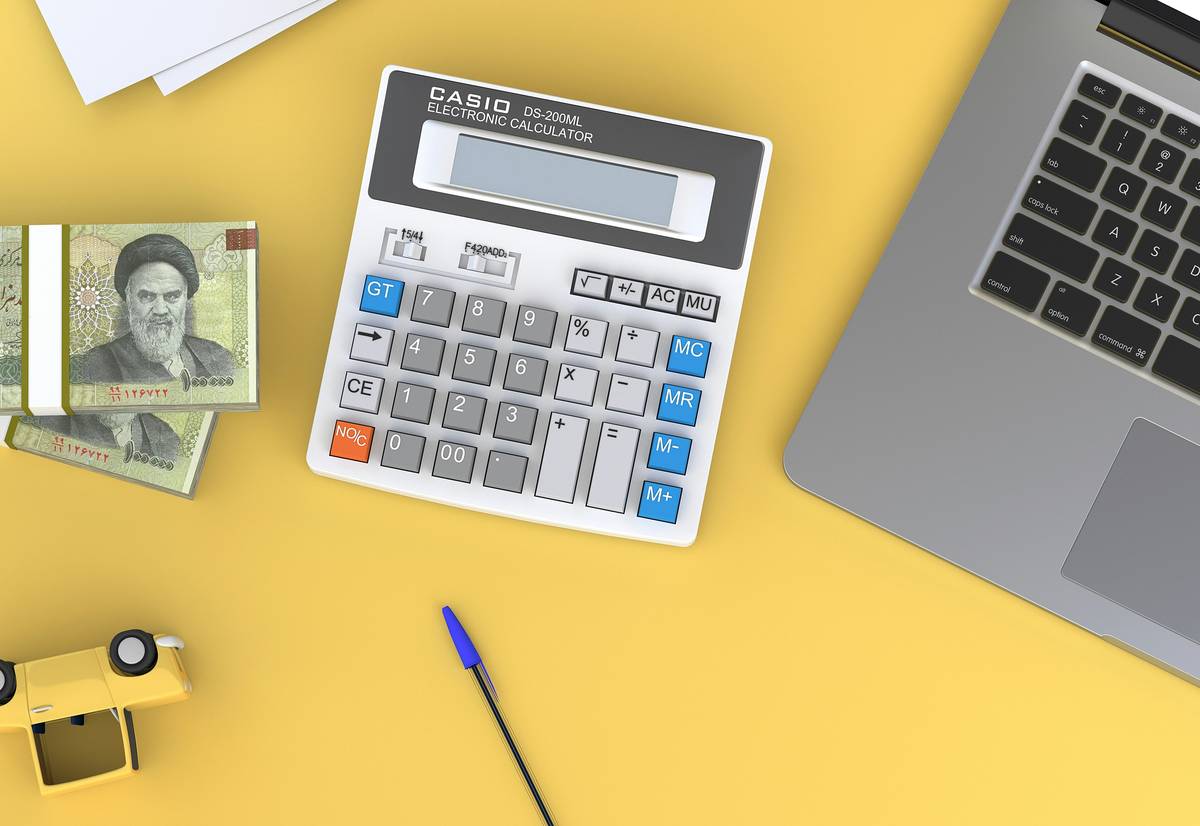Ever stared at a loan statement during tough times and wished you could press pause? It’s not just you—millions of borrowers wrestle with the same stress. The truth is, deferment standards can be the lifeline you need. But what exactly are they, and how do they work? Let’s break it down.
In this post, we’ll uncover everything from the nuts and bolts of deferment standards to actionable steps for qualifying. You’ll also learn expert tips, explore real-life examples, and get answers to FAQs like “Do all loans qualify?” or “What happens after deferment ends?” So grab your coffee (trust me, you’ll want it), and let’s dive in.
Table of Contents
- Why Deferment Standards Matter
- How to Qualify for Loan Deferment
- Best Practices When Applying for Deferment
- Real-Life Examples of Successful Deferments
- FAQs About Deferment Standards
Key Takeaways
- Deferment standards determine eligibility for postponing payments without penalties.
- Not all loans qualify; criteria vary by lender and loan type.
- Proper planning is essential to avoid financial pitfalls once deferment ends.
- Insurance policies may impact your ability to defer credit card debt.
Why Do Deferment Standards Even Exist?

Here’s the tea: lenders aren’t monsters—they know life happens. That unexpected job loss, medical emergency, or global pandemic can leave you financially stranded. Enter deferment standards—the framework banks use to decide whether you’re eligible for temporary payment relief.
Optimist You: “Sweet! I can hit snooze on my payments!”
Grumpy You: “Yeah, but only if you jump through hoops first.”
I once forgot to submit a single document for my student loan deferment. Spoiler alert: that oversight cost me months of unnecessary stress and late fees. Don’t be like past me. Understanding deferment standards ensures you stay ahead of the game while navigating personal finance challenges.
How to Qualify for Loan Deferment
If you think qualifying for deferment is as simple as sending an email, think again. Here’s your step-by-step guide:
Step 1: Understand Your Loan Agreement
Pull out your loan contract—it’s time to dissect the fine print. Look for any mention of deferment standards. Some loans restrict deferment based on repayment history, credit score, or even income level.
Step 2: Gather Required Documents

Prepare documents such as proof of income loss, medical bills, or unemployment records. Pro tip: save duplicates—you might need them later!
Step 3: Submit Your Application
Contact your lender directly to confirm their application process. Many offer online forms, while others require snail mail. Be patient; approval isn’t instant.
4 Best Practices When Navigating Deferment Standards
Navigating deferment can feel overwhelming. Here’s how to keep your sanity intact:
- Stay Organized: Create a folder (physical or digital) for every document related to your deferment request.
- Communicate Clearly: Maintain open lines with your lender. Ask questions until you understand every detail.
- Avoid Late Payments Before Approval: Skipping payments before getting approved can harm your credit score.
- Understand Post-Deferment Terms: Interest often accrues during deferment, so brace yourself for bigger future payments.
Real-Life Examples of Successful Deferment Stories
Take Sarah, a freelance graphic designer who lost half her clients during COVID-19. She applied for deferment under her loan’s hardship clause and submitted proof of reduced income. Within weeks, she received approval for six months of deferred payments. Her secret? Double-checking every form before submission.
Another example? Mike, who used his insurance policy as collateral to negotiate a shorter deferment period. Smart move—it saved him thousands in interest.
Frequently Asked Questions About Deferment Standards
Can I Defer Both Credit Card Payments and Loans Simultaneously?
It depends. While some creditors allow dual deferments, others impose stricter rules. Always check both agreements carefully.
Is There a Limit to How Long I Can Defer Payments?
Yes. Most lenders cap deferment periods between six months to three years, depending on loan type and circumstances.
Will My Credit Score Be Affected?
No—if handled correctly. However, missed payments outside official deferment arrangements can tank your score.
What Happens If My Request Is Denied?
You might appeal or consider alternatives like refinancing or negotiating modified terms. Persistence pays off!
Conclusion
Deferment standards exist to help—not hinder—you when life gets chaotic. By understanding the eligibility criteria, preparing thorough documentation, and following best practices, you’ll navigate loan deferment like a pro.
So next time you’re stuck wondering, “Can I hit pause?”, remember: deferment standards have your back. Now go tackle those finances!
And hey, here’s a haiku because you made it this far:
Pause, breathe, regroup now,
Deferment saves dreams undone.
Life waits for no one.


